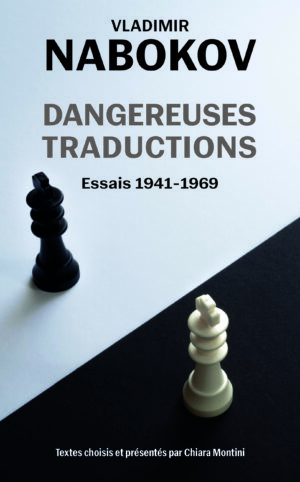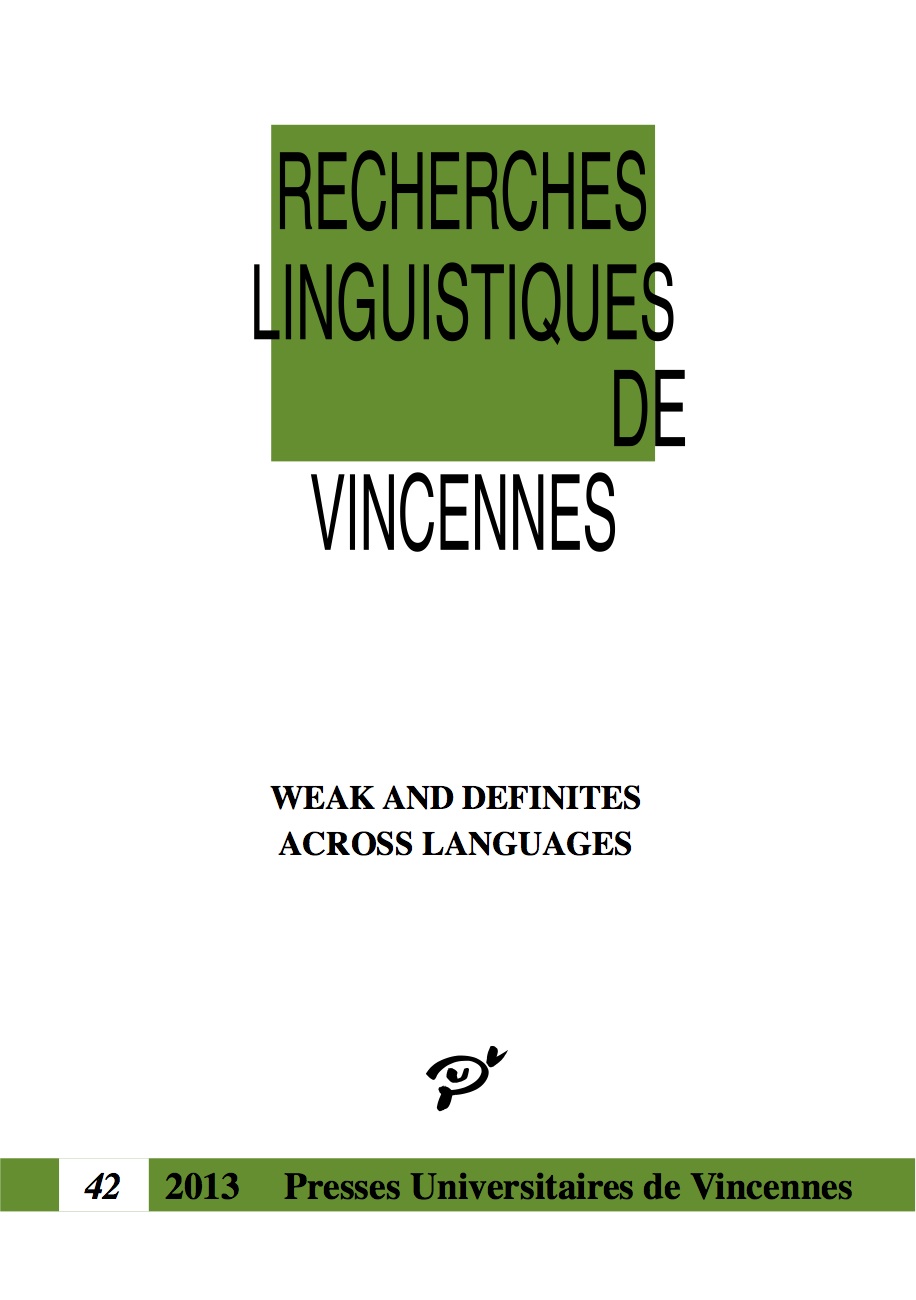Greg Carlson, Natalie Klein, Whitney Gegg-Harrison & Michael Tanenhaus
Weak definites as a form of definiteness: experimental investigations
Definite noun phrases typically refer to entities that are uniquely identifiable in the speaker and addressee’s common ground. However, some definite noun phrases (e.g. the hospital in Mary had to go the hospital and John did too) seem to violate uniqueness. We discuss a series of experiments that seek to understand some of the properties of this class of definites. We consider most carefully the hypothesis that these “weak definite” interpretations arise in implicitly “incorporated” constructions, attempting to provide a sketch of this hypothesis’ motivation and potential consequences. In our experiments we found that compared to regular definites, the weak definites need not refer uniquely, and readily trigger semantically enriched readings that compete effectively with normal inferences one might draw from a sentence. Perhaps the most surprising finding in the experiments is that nouns that could occur as weak definites, also seemed to retain some of these “weak” properties even when expressed as indefinites. We try and make sense of this within the “incorporation” framework.
Ana Aguilar-Guevara & Joost Zwarts
Weak definites refer to kinds
This paper presents an analysis of weak definites (e.g. to answer the phone) as introduced by Carlson and Sussman (2005). The proposal is that these definites refer to kinds, which are instantiated by ordinary individuals when they combine with object-level predicates. This combination is made possible by a lexical rule that lifts object-level predicates to kind-level predicates, and incorporates into their denotation a predicate that represents the stereotypical usages of the kinds. This analysis accounts for most of the peculiar properties of weak definites.
Marta Donozzan
Familiarity constraints on weak definite DPs
Weak definite DPs have been characterized as definite DPs lacking the uniqueness presupposition usually associated with the definite determiner and suffering distributional restrictions that depend on the lexical information conveyed by the NP and on the prototypicality of the activity denoted by the VP. This paper tackles the latter issue. We propose a unified analysis of the definite determiner, by which the determiner conveys a presupposition of uniqueness and of familiarity also in weak DPs. Appealing to the notion of weak familiarity (Roberts 2003), we can thus account for prototypicality restrictions, which turn out to depend on the accessibility of familiar situations in a conversational or conventional background.
Francis Corblin
Weak definites as bound relational definites
This paper introduces a new proposal for accommodating “weak definites” (Carlson and Sussman 2005) within a comprehensive theory of definiteness. Weak definites are analyzed as relational definites and compared to other members of this paradigm: associative (or “bridging”) definites (Hawkins 1978), and full relational definites (Barker 1993). The main claim is that weak definites are based on a relational meaning containing free variables which are bound within their own clause. The proposal defines weak definiteness as a constructional meaning involving the whole host clause and triggering a meaning enrichment based on the telic quale (Pustejovsky 1995) of the head noun.
Claire Beyssade
Back to uniqueness presupposition
While it is usually assumed that definite descriptions presuppose the existence and the uniqueness for their referent, there are lots of counter-examples, in which either the existence or the uniqueness isn’t presupposed. Among them are weak definites, which can be divided into two classes: (i) the short weak definites such as the train in the VP take the train and (ii) the long weak definites such as the student of a linguist in the sentence this data comes from the student of a linguist. A unified analysis of these two classes is proposed, based on the claim that nouns in weak definite descriptions refer to types and that the definite determiner triggers only a weak uniqueness presupposition, in wich the uniqueness depends on the existence.
Edit Doron & Irit Meir
Amount definites
Our project in the paper is twofold. First, we present an analysis of weak definites in general. Second, we present an analysis of the Semitic state inflection and its role in determining strong and weak definiteness, and introduce a novel type of weak definites which we call amount definites. Adopting the choice-function analysis of (in)definiteness, we analyse weak definiteness as the application of a type-shifted definite determiner to a relational noun. This application results in the reinterpretation of the relational noun as functional. When this function is in turn applied to the possessor, the definiteness of the result depends on the definiteness of the possessor. In Hebrew, weak definites often take the form of noun phrases headed by a noun marked with construct-state inflection; the paper discusses the interpretation of all construct-state nouns as relational. In colloquial Hebrew, the type-shifted definite determiner used in the formation of weak definites may take the form of a numeral (or other amount nouns) marked with emphatic-state inflection. We name weak definites headed by emphatic-state amount nouns amount definites, and compare the properties of amount definites to those of definite noun phrases where the amount noun is marked with construct-state inflection, which are strong definites.




